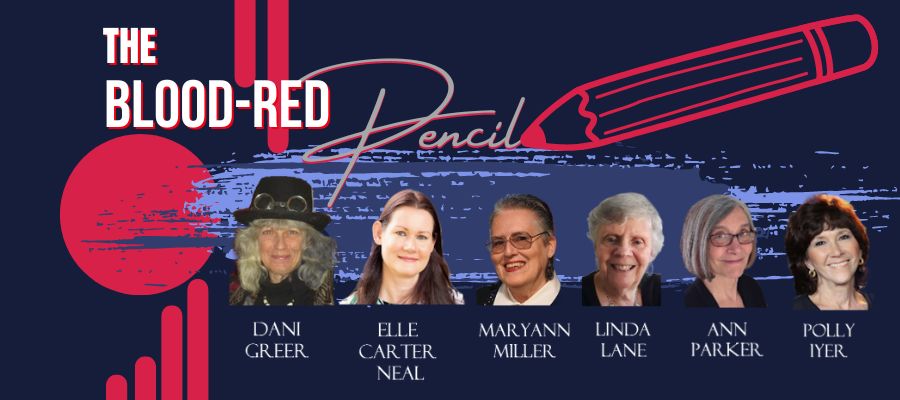Forgive me for word-playing on the title of one of my favorite books, Love in the Time of Cholera , but Gabriel García Márquez won’t mind. I’ve finished my book titled we are but WARRIORS (No initial caps), even created the cover (posted) and formatted the paperback. Clap, clap. My problem is I’m not sure what I want to do with it. I’ve self-published nine mystery/thriller/suspense novels. All at one time or another have been an Amazon bestseller, one was a Kindle Scout winner. I haven’t published a new book in almost two years. I’ve worked on my current novel off and on for a few years, mainly because there are political aspects that I felt might change, so I picked it up and put it down, over and over again. Now it’s finished. Do I want to go my usual route, try for an agent, or send it to a publisher that doesn’t require an agent? Would I be wasting my time with the two latter possibilities? If I choose one of the latter two, why? Is it for the validation a self-published book...
